Day 1, Week 3
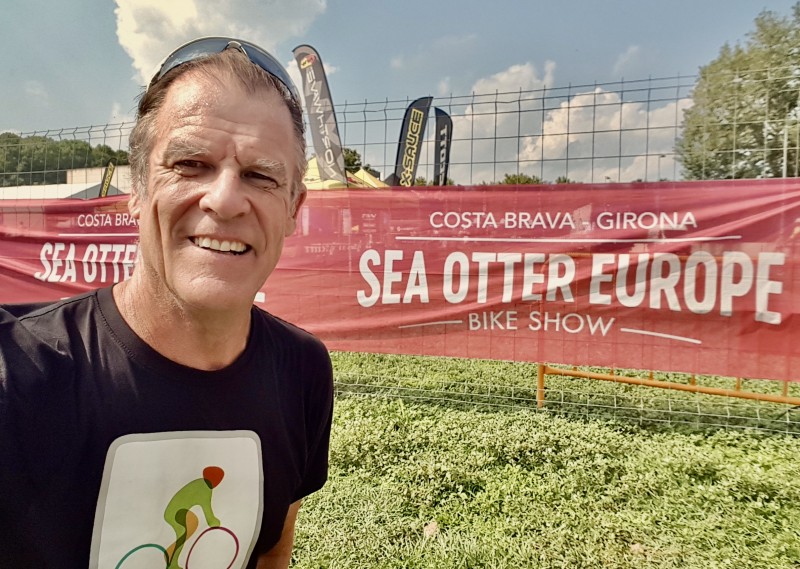
The oddly named “Sea Otter” Festival is the largest bicycle show in Europe. This year it was hosted by Girona, about a 38-minute travel by fast train north from Barcelona. Clearly, I had to attend, and invited a new friend from my Sun Rise Running/Walking group to join in the fun. This was the by far the best biking relating showcase I’ve ever witnessed. Plus, it was a Covid year so much smaller than usual.
Had this been The Spanish Cheese Show, it might have featured 28 booths, each representing a different DOP of the country. These “Protected Designations of Origin” are a similar classification system as used by wine producers. Actually, throw in two Protected Geographical Locations (IGP) and you’ve got yourself a really tasty day of cheese sampling. Both our flat in Barcelona and the bike show are in Region #6: Queso de L’Alt & La Cerdanya – Catalonia.
As I’ve previously written, Spain produces well over 100 different varieties of cheese, but all can be divided into three main classes:
• Fresh Cheese (Queso Fresco): Not cured or aged in any way.
• Semi-Cured (Queso Semi Curado): Aged for around two to four months.
• Cured (Queso Curado): Cured for 4 months or more.
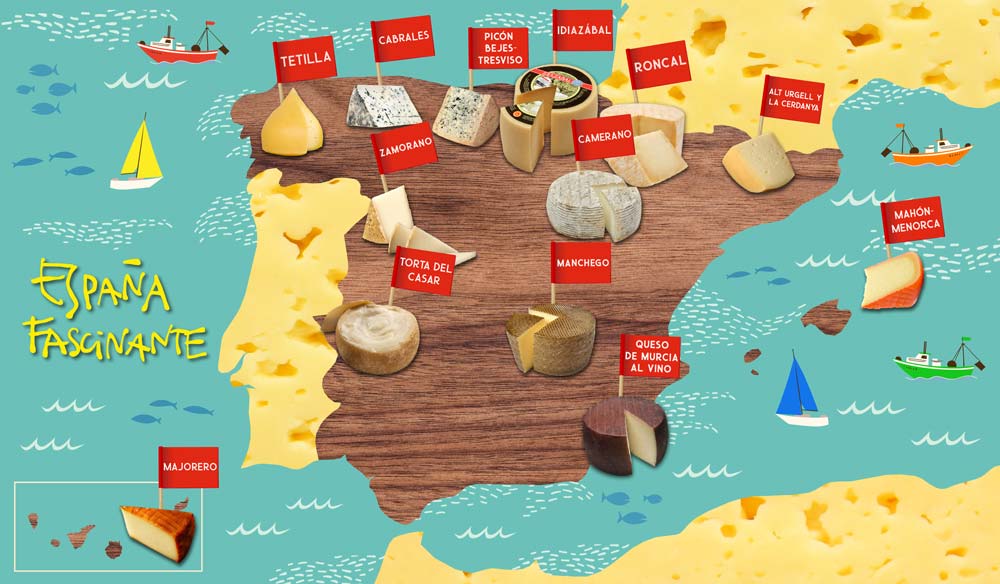
In general, cheeses from cow milk are found in the north, along the Cantabrian coast, from Galicia to the Basque Country, and along the northern Cantabric Mountain Range and the Pyrenees. Moving inland is where you’ll nibble curd from sheep’s milk. Especially from the north, in Cantabria and the Basque Country, down to the flat lands of Castilla-León, Castilla La Mancha, Aragón and Extremadura.
If you think goat cheese is the GOAT, then look for one produced along the Mediterranean coast, from Catalonia to Andalucia, or on the Canary Islands and Balearic islands.
So, that’s it for today. Later this week, I’ll feature the cheese show of cheese shops here in Barcelona. I’ll also take a test ride on a somewhat erotically-shaped cheese from Galicia. Hasta manaña!
Day 2, Week 3
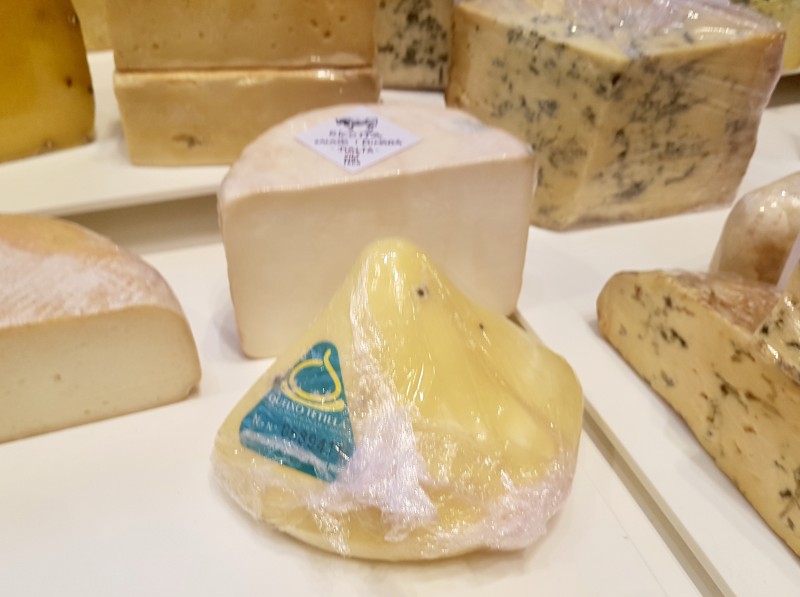
I am wondering if I have any chance of getting through this post today without offending someone. Oh well, here goes!
To be on the beach in Barcelona during the warm months, it is near impossible (at least for me) to not notice all the topless sun bathers. Likewise on the deck of my health club around its rooftop pool. Even on the streets. While most women here don’t stroll about footloose and frock free, the majority do dress with unabashed style and coolness. All that brings me back to today’s cheese, which is a celebration of the beauty of the breast.
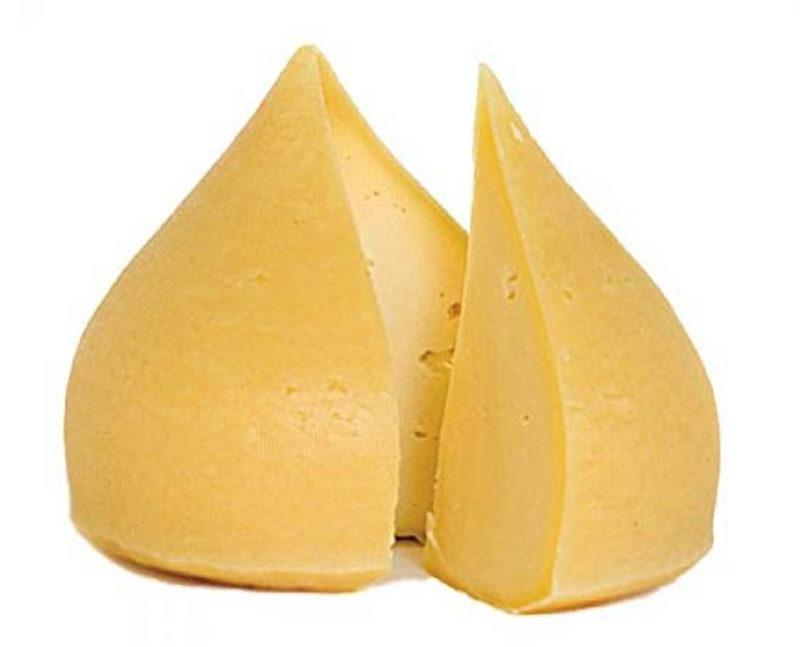
It is called Queso Tetilla, which in English translates to Nipple Cheese. This product is from the D.O.P. of Galicia (the northwest corner of Spain). Its distinctive conical shape is achieved by the funnels used to curdle the cow milk. Cut through its hard, yellow bark though, and the texture is firm yet soft with a pleasant pastiness. It has a maturity date of around seven days, so is quite mild tasting. Keep chilled ‘til about an hour before eating to avoid too much sag.
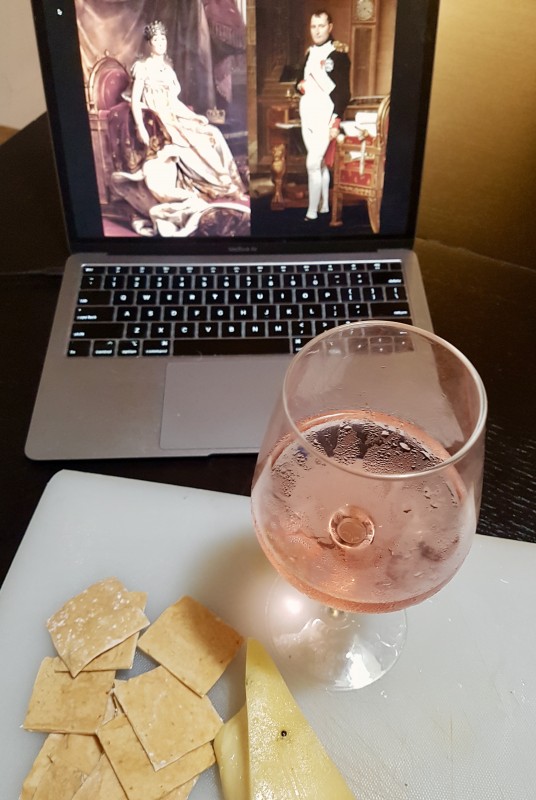
This cheese is best served with a young red, rosé or cava. I don’t think it’s appropriate to judge the size of the wine glass you use. And certainly, don’t believe that if you decide to go with a bigger, rounder “coupe,” any more than a mouthful would be a waste. Though, what sayeth Napoleon and Josephine on the matter is anyone’s guess.
Day 3, Week 3
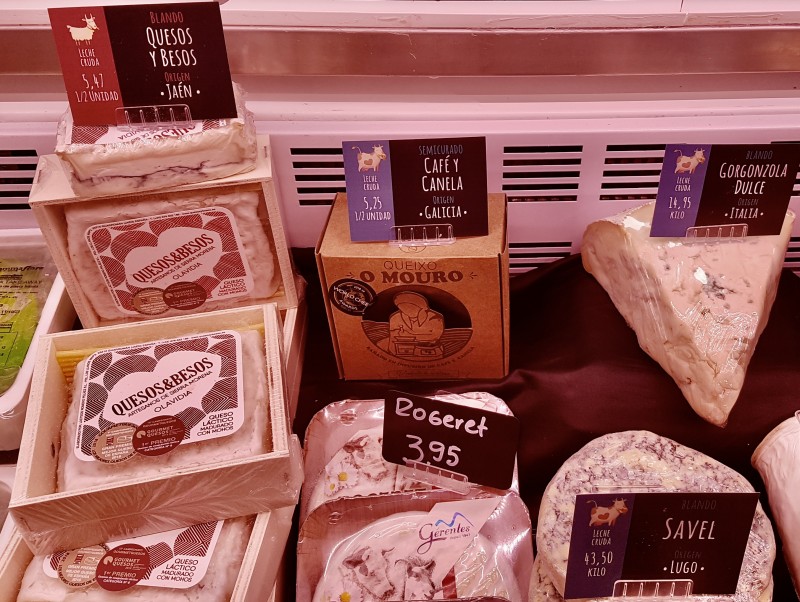
I often smile to myself when I see a couple of locals sipping on a cerveza during my early day strolling. Last week I saw a couple of older men nibbling their croissant and marmalade with a wine chaser. By saying this, I don’t mean to suggest that I think Barcelonans drink too much, because I don’t. I believe that most imbibe in refined moderation, but back to their beverage of choice in the AM. Much socializing and many sporting groups tend to gather early around the sharing of a round of café con leches (with milk) and a side of lemon or cinnamon cake.
Cheese is another popular item to host a party around. Hmm … imagine if you could combine it with the java and the cake. Surely, you’d have a winner!
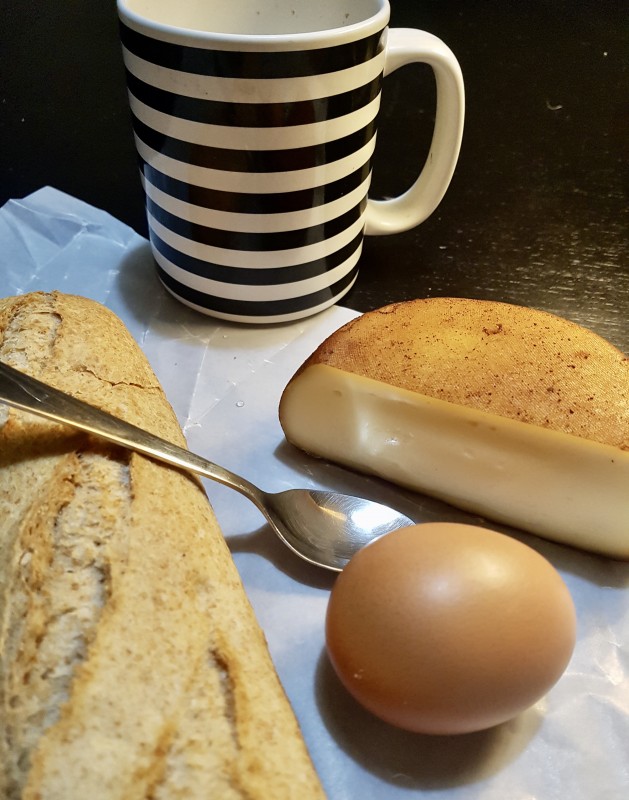
I present to you Café y Canela. This soft, semi-cured cheese is made from Galician cow milk. But the real story here is not the softish interior flavoured with hints of yoghurt and cream, it’s the dark brown rind, subtly infused with a mixture of coffee and cinnamon (canela). This unique combination won the producer Mouro a gold medal at the World Cheese Awards in 2018.
Curds y coffee! Wow, this sure sounds like hitting two of the major morning food groups to me. Toss in some bacon bits, and you’ve got yourself a real breakfast of cheesy champions.
I’ll have to bring some to my next Sunrise Java y Jog Meetup.
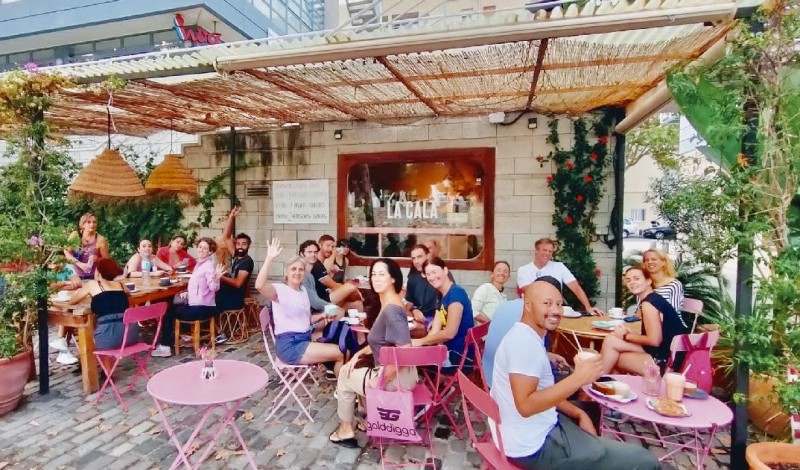
Day 4, Week 3
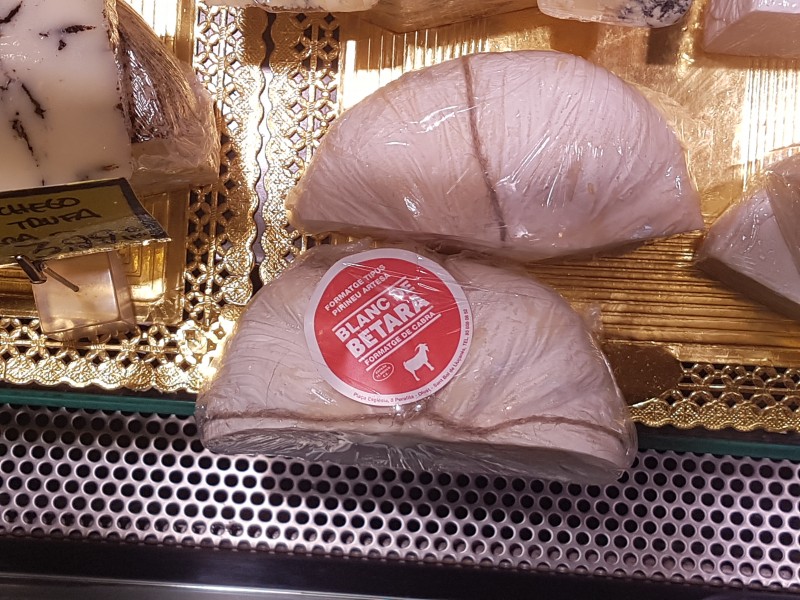
Yesterday, I made a second attempt to negotiate a cycling route on the other side of the Collserola. This mountainous green space is the largest city park in the world, and is best known for the Tibidabo amusement park and Temple of the Sacred Heart church that crown its peak. The two points of popular interest enjoy a beautiful view over Barcelona.
I usually bike up the 400m of vertical. Catch my breath. Gulp down some water. Acknowledge the view. And get ready to hit the breaks for the long descent home. To mix things up, I decided to explore a loop that took me around the park along the Besós Riverpark Recreation Path before (with luck) bringing me to spot where I could climb up the mountain from the backside. My earlier effort this week ended in navigational failure, so I was extra determined this time.
Mission eventually accomplished! To celebrate my success, I decided to try a cheese from the far side of the coastal range. Well … quite far in fact, as in the foothills of the Pyrenees in an area called Lluçanès. Apparently, this region offers optimal temperature and humidity conditions for the ripening and refining of the most award-winning cheeses in Cataloña.
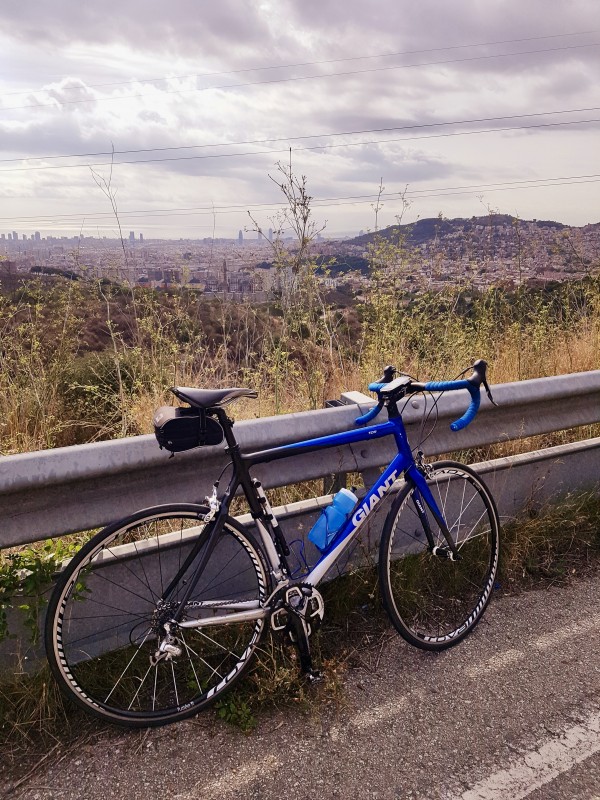
Today’s cheese is Blanc de Betera. The Betera family was the first in the D.O.P to produce organic cheese. Apparently before them, that designation was reserved for yoghurt and milk.
This product is aged 60 days. When you open the package, the smell of goat is what first butts you in the nostrils. The outer rind is whitish as is the interior (hence the name Blanc). Take a bite and the texture is like an ultra-smooth feta that melts in your mouth. It really needs crackers and a Cava to give it some balance. This is a cheese to be taken seriously!
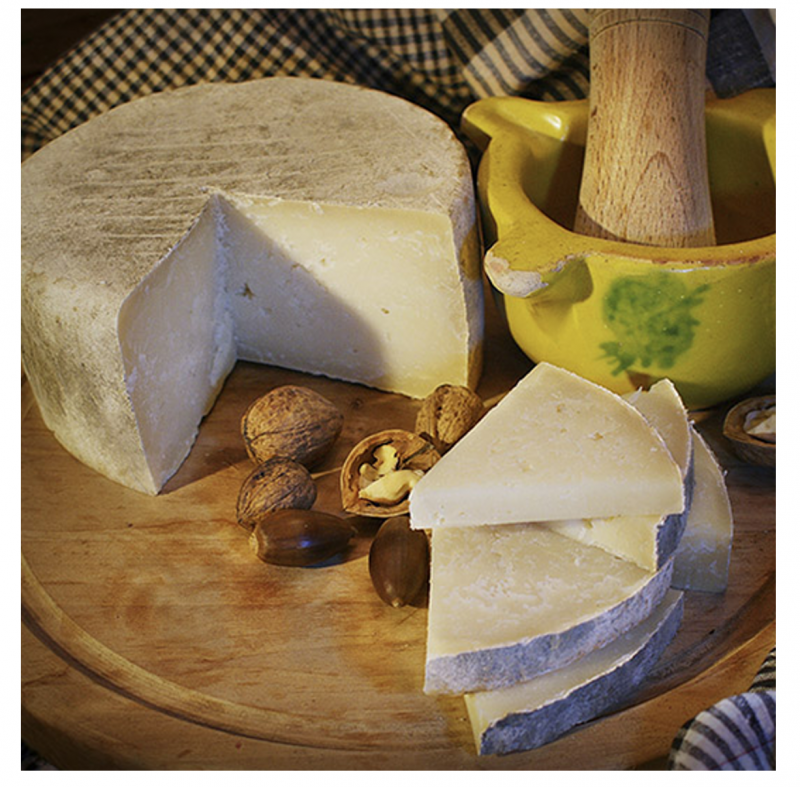
The producer touts the taste as sweet with a nut finish, which reminds me of my own nutty pursuit that also had a sweet finish.
Day 5, Week 3
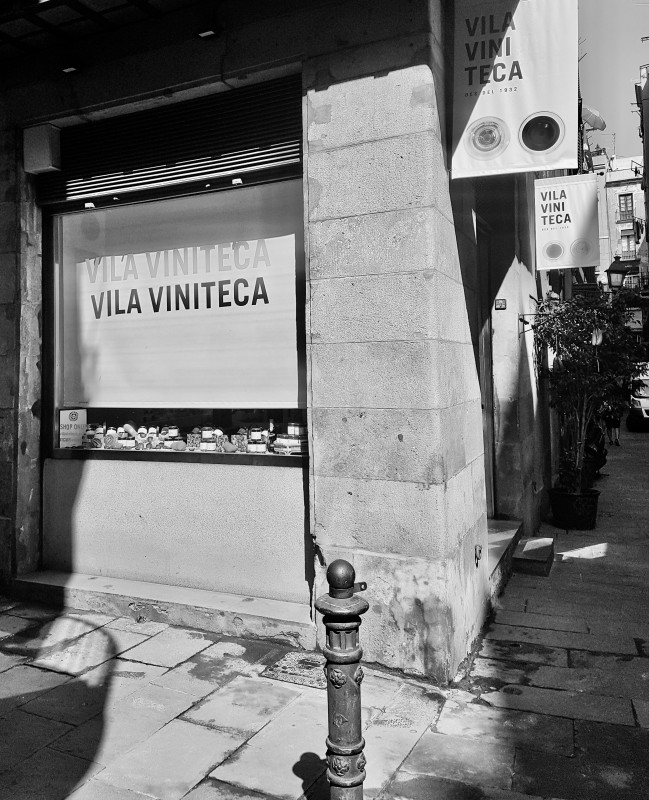
One of my minor frustrations with our kitchen in Spain is the refrigerator. It opens and closes. But then it doesn’t allow for a re-open right away. It seals itself shut until the cool interior equalizes with the ambient room air that got mixed in. The problem is usually resolved within 30 to 60 seconds.
That got me thinking about closing the fridge door that houses all the amazing Spanish cheeses for me yet to explore. I will do that with this post about the best cheese shop that I’ve ever been to. Its called Vila Viniteca – Gastronomy. This store in El Born is all about cheese, charcuterie meats, wines and anything else you might want to include on a tapas platter. Two of the cheeses I reviewed came from there, including my favourite – the Sant Ignaci. The flagship store has a sit-down sampling area that was closed during the Covid restrictions. There is a related shop that sells muchos vinos solo across the street.
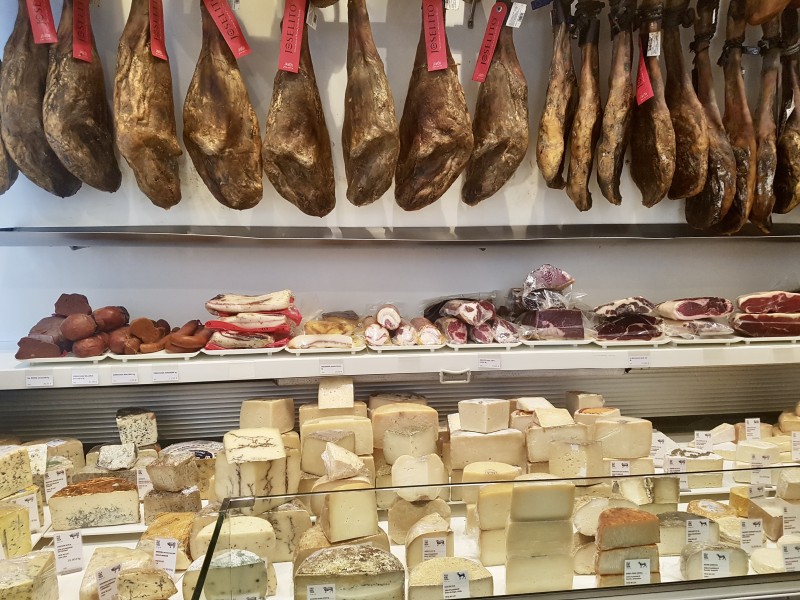
It’s the only place that displays their cheeses and meats openly. All the others keep their products under glass. Each is well marked with a little flag stating its name and origin. I really appreciated the chance to peruse the curds without the pressure of an enthusiastic “quesero” (a.k.a cheese monger) hovering.
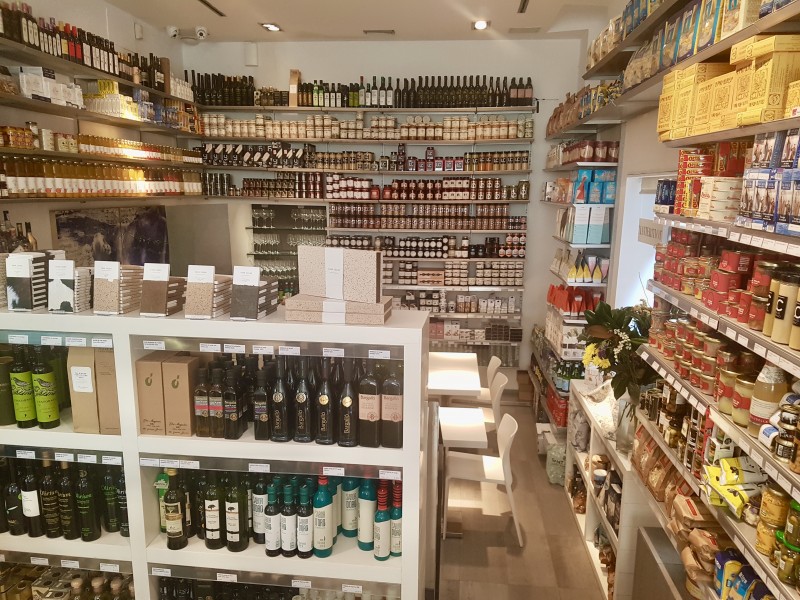
I will review more cheeses when the pressure equalizes with all that I have to do in the next few weeks. In the meantime, I am very excited about opening up the refrigerator again and discovering what shops like Vila Viniteca have to tantalize my taste buds in the future
Hasta luego
Él Cheesus